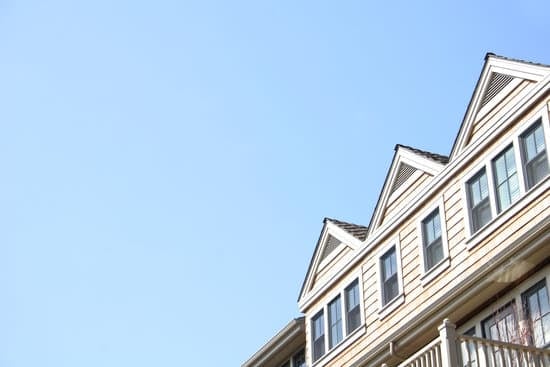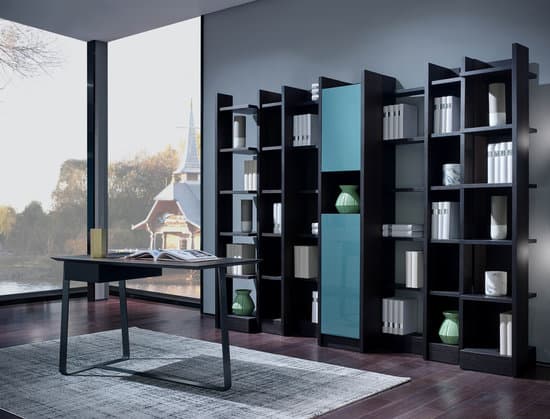Understanding the Basics of Home Electrical Wiring
Home electrical wiring is a fundamental part of any home construction. It is crucial in powering all the devices we use on a daily basis – from our lights and appliances to our HVAC systems. The primary purpose of residential electrical wiring is to carry electricity from your power source to the various electrical outlets, switches, and appliances throughout your home. While electricity is essential for powering modern gadgets, it can also be hazardous if not installed correctly. Faulty wiring can cause fires, electrocutions, and other serious electrical hazards. Therefore, it is crucial to understand the basics of home electrical wiring so that you can identify potential problems and take the necessary precautions to ensure your family’s safety.Gauge Sizes for Residential Wiring
Wiring gauge refers to the thickness of the wire and determines how much electricity can safely pass through it. The Wire Size Table specifies sizes for electrical wires and indicates the maximum current capacity per wire size. The most popular sizes that you will find in the residential sector are 14-gauge and 12-gauge. The larger appliances like electric stoves and electric water heaters, central air and dryers with electric appliances typically use 10eight-, 10- and even 6 gauge wires.When to Use 14-gauge and 12-gauge Wires
When using 14-gauge wiring, make sure that it is installed where you have loads that do not exceed 15 amps. 14-gauge wiring can power your lights, appliances, and other electronic gadgets that you use in your everyday life. 12-gauge wiring is commonly used in higher-amp applications such as air conditioners, larger lighting fixtures, and appliances. It is necessary to note that the longer the wire runs, the more resistance there is, and the smaller the ampere load it can handle. Key point: Always check your devices’ label or use table charts to ensure that you properly use the right wire size that can handle the intended loads.Wiring for Large Appliances: 10eight-, 10-, and 6-Gauge Wires
If you are wiring appliances such as electric stoves, water heaters, and central heating units, then you will need thicker wire sizes that can handle the high amperage that these devices need to function efficiently. In most cases, 10-gauge wire is sufficient for 30 amp loads, and 10eight-gauge is ideal for up to 40 amp ranges. For equipment requiring over 40 amps, heavier 6-gauge wiring may be necessary. Tip: It’s always better to err on the side of caution and use a slightly larger gauge wire to ensure that you are not overloading your system.Benefits of Proper Electrical Wiring Installation
Proper installation of wiring in your home has several essential benefits, including:- Preventing electrical hazards such as shocks and fires.
- Reducing energy consumption and costs.
- Improving overall home value.
- Ensuring the safety and protection of your family and property.
Safety Tips for Household Electrical Wiring
The following are some safety tips to keep in mind when handling household electrical wiring:- Always turn off the power supply before making any electrical repairs or modifications.
- Wear protective gear such as gloves, safety glasses, and rubber-soled shoes when working with electricity.
- Do not overload circuits and ensure a proper wire size.
- Keep electrical cords secured and away from children and pets.
- Keep flammable materials away from electrical sources.
Common Wiring Mistakes to Avoid in Your Home
Here are some common wiring mistakes to avoid in your home:- Using wires that are not rated for the intended load.
- Overloading circuits by connecting too many devices to one outlet.
- Using wires that are too small, which can cause overheating and possibly lead to a fire.
- Leaving damaged wires unrepaired.
- Not calling a professional electrician to update or repair old or improperly installed wiring. Remember, it’s always better to be safe than sorry.





















